Seokgolsa Temple (석골사)
11.7Km 2024-02-23
167 Wonseo 3-gil, Sannae-myeon, Miryang-si, Gyeongsangnam-do
Seokgolsa Temple, located on Unmunsan Mountain in Miryang, is surrounded by a series of peaks including Unmunsan Mountain to the north, Gajisan Mountain to the east, and Eoksan Mountain to the west. The temple is set in a picturesque landscape, adorned with unique rock cliffs and deep valleys. Below Seokgolsa Temple, the perennial Seokgolsapokpo Falls and valley captivate visitors with their continuous flow of water, attracting a steady stream of tourists and hikers throughout the year.
Unmunsan National Recreational Forest (국립 운문산자연휴양림)
11.8Km 2025-03-28
763 Unmun-ro, Cheongdo-gun, Gyeongsangbuk-do
+82-54--371-1323
* Please be advised that this is located in one of the areas affected by the recent wildfire (as of March 27, 2025).
** For real-time wildfire information and emergency upates, visit the Korea Forestfire Information website and the National Disaster and Safety Portal.
Unmunsan National Recreational Forest in Cheongdo, Gyeongsangbuk-do is located at the foot of Unmunsan Mountain (1,188 meters), which is also called Hogeosan Mountain. It is a great place to spend time in summer for hiking and camping, surrounded by taller mountains (more than 1,000 meters above sea level) such as Munboksan Mountain (1,014 meters) and Gajisan Mountain (1,240 meters).
Yongmipokpo Falls (20 meters) and Byeokgyesu Valley, in which the waters flow across the sandless rock bed, are famous locales in the forest. Located in a thick broadleaf forest, inhabited by many diverse species such as Korean mountain camellia, Unmunsan National Recreational Forest offers lush greenery in summer, beautiful foliage in autumn, and cozy, splendid snowscapes along with the Yongmi Ice Wall in winter. In Unmunryeong, located 2.5 kilometers to the east, visitors can watch the spectacular sunrise above the East Sea.
Hyangudang (향우당)
12.2Km 2024-12-19
7-8 , Sannaeyachon 1-gil, Miryang-si, Gyeongsangnam-do
+82-10-4902-7216, +82-10-6400-6124
Hyangudang is a 120-year old hanok in Eoreumgol, Miryang-si, Gyeongsangnam-do. Both the anchae and the sarangchae have one large guestroom and two smaller ones; all have underfloor heating, bathroom and kitchen, and guests in the larger rooms have access to a living room. The hanok has a meeting room equipped with a beam projector and sound equipment, a barbecue area, and a parking lot. The owner runs several local farms, and offers experience programs in cheonyeon sea-salt making, magnolia flower tea preparation, and apple picking: guests can buy apples at a discount!
Vanastha (Healing in Ulju) (와나스타(울주에서 치유하다))
12.9Km 2025-03-28
207 Daeam 1-gil, Eonyang-eup, Ulju-gun, Ulsan
* Please be advised that this is located in one of the areas affected by the recent wildfire (as of March 27, 2025).
** For real-time wildfire information and emergency upates, visit the Korea Forestfire Information website and the National Disaster and Safety Portal.
Vanastha, located in the forest inside Daeam Dam in Ulju-gun, is a forest yoga house that means "stay in the forest." For modern people who lack time to look back on their bodies in their tired daily lives, it provides time to fully focus on themselves with proper breathing, meditation, and Hatha yoga. Here, one can hear the sounds of nature, feel nature, and experience of becoming one with nature and the universe, only in nature. It offers a one-day class and a yoga meditation program on Saturday mornings. Private session option is available for a group of four or more people with a reservation in advance.
Eden Valley Ski Resort (에덴밸리스키장 (에덴밸리리조트))
13.6Km 2021-12-21
1206, Eosil-ro, Yangsan-si, Gyeongsangnam-do
+82-55-379-8000
Located in Yangsan, Gyeongsangnam-do, Eden Valley Resort ski slopes have been scientifically designed to disperse skiers and prevent overcrowding. Various slope types are available for skiers and snowboarders of diverse skill levels. Visitors can enjoy winter leisure sports in this international-standard ski resort.
Unmunsa Temple (운문사)
14.2Km 2021-07-21
264, Unmunsa-gil, Unmun-myeon, Cheongdo-gun, Gyeongsangbuk-do
+82-54-372-8800
Unmunsa Temple in Cheongdo, Gyeongsangbuk-do belongs to Cheongdo-gun in terms of administrative district. However, it is actually more closely connected to Daegu in terms of traffic and lifestyle. Unmunsa Temple was built in 560 during the Silla period. This ancient temple features seven treasured artifacts including the Weeping Pine Tree (Natural Monument No. 180) and stone lantern. There are four small hermitages (Sariam, Naewonam, Bukdaeam and Cheongsinam) around the temple. Moreover, the surrounding forest of pine and fir trees only enhances the temple’s beauty.
Unmunsa is the largest Buddhist nunnery in Korea, maintaining a capacity of roughly 260 bhikkhunis, or Buddhist nuns, who practice Buddhism in a four-year term. But, thanks to its magnificence and lush forest, Unmunsan Mountain, located on the southernmost part of Taebaek Mountain range, has become a favorite spot for many tourists.
Ulsan Petroglyph Museum (울산암각화박물관)
15.0Km 2021-02-22
254, Bangudaean-gil, Ulju-gun, Ulsan
+82-52-229-4797
Ulsan Petroglyph Museum was established on May 30, 2008 at the entrance to Petroglyphs of Bangudae Terrace (National Treasure No. 285) in Ulju-gun. The museum displays 311 exhibit materials and has an exhibition hall, a storage room, a research lab, and an audiovisual room.
The exhibition hall presents models of petroglyphs of Bangudae and petroglyphs of Cheonjeon-ri (National Treasure No. 147), an educational video introducing the petroglyphs, a children’s hall, and family activity facilities. Visitors can observe reproductions of famous petroglyphs at the outdoor exhibit.
Naewonsa Temple (Yangsan) (내원사(양산))
15.1Km 2024-02-23
207 Naewon-ro, Habuk-myeon, Yangsan-si, Gyeongsangnam-do
Naewonsa Temple, situated in Cheonseongsan National Park, is home to a monumental Buddha statue standing at 5.5 meters, crafted during the Silla dynasty. The temple complex features various structures, including Bogwangjeon and Geungnakjeon Halls, showcasing its captivating architectural style. Renowned for its picturesque mountain landscapes and as a popular destination for autumn foliage, the temple attracts numerous visitors every year.
Naewonsagyegok Valley (내원사계곡)
15.1Km 2021-02-18
207, Naewon-ro, Yangsan-si, Gyeongsangnam-do
+82-55-380-4826
Naewonsagyegok Valley is located just below Naewonsa Temple at the foot of Cheonseongsan Mountain. The valley is surrounded by Jeongjoksan Mountain to the northeast, Wonjeoksan Mountain to the south, and Cheonseongsan Mountain to the southeast. The water running through the numerous valleys between these mountains has formed streams like Yongyeoncheon and Sangnicheon, which form the Yangsancheon Stream out of Naewonsagyegok Valley.
Naewonsagyegok Valley was formerly called Sogeumgang (little Geumgang), meaning that its beautiful scenery is comparable to that of the breathtaking Geumgangsan Mountain. It is also known as the “mystical valley” as crystal clear water flows all year round. The word “Sogeumgang” is distinctly engraved on one side of the cliff and large rocks stand in layers throughout the valley. Some of the rocks are called Byeongpungbawi Rock, literally meaning folding screen rocks, as they are stretched out much like folding screens.
The valley and the surrounding mountains are a popular summer vacation spot and a well-known hiking destination during the spring, fall, and winter. Muk (acorn jelly) made with acorns gathered from this area not only tastes great, but is also very healthy. Nearby attractions include Tongdosa Temple and Hongnyongpokpo Falls.
* Entrance into the upper region of Naewonsagyegok Valley is restricted.
Petroglyphs of Bangudae Terrace in Daegok-ri [UNESCO World Heritage] (울주 대곡리 반구대 암각화 [유네스코 세계유산])
15.3Km 2025-07-18
Daegok-ri, Eongyang-eup, Ulju-gun, Ulsan
In Daegok-ri, Eonyang-eup sits Bangudae Terrace, a picturesque spot where a ridge of Yeongosan Mountain extends to and stands tall to form quite a spectacle featuring uniquely shaped rocks and cliffs. The name, Bangudae, comes from how it resembles a turtle lying prone on the ground. Petroglyphs are paintings drawn by people from the prehistoric times carved on rocks and depicting various scenes and events in their daily lives. Petroglyphs were often drawn on enormous rocks and other sacred locations of groups, and it is believed that people gathered around them to hold various rituals.
Petroglyphs of Bangudae Terrace in Daegok-ri, Ulju-gun are estimated to have been drawn over several periods since the New Stone Age, and visitors can observe the differences in styles among various ages. Primary objects that were popularly carved include sea animals, land animals, humans and tools and, as our prehistoric ancestors actively engaged in hunting, the hope of abundance in game is believed to be the reason why these objects were frequently carved on rocks. Vividly expressing animals and hunting scenes and colorfully depicting outstanding traits of objects, these petroglyphs are a form of both hunting art and religious art, and they are considered as the greatest masterpieces that give a peek at the life and customs of the prehistoric ages. The petroglyphs on the Bangudae Terrace and the petroglyphs in Cheonjeon-ri, spanning three kilometers altogether along the Bangucheon Stream, have been inscribed on the UNESCO World Heritage List on July 12, 2025.

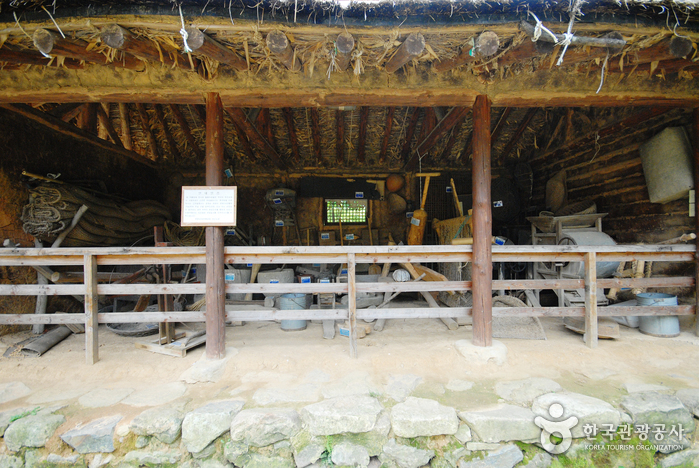
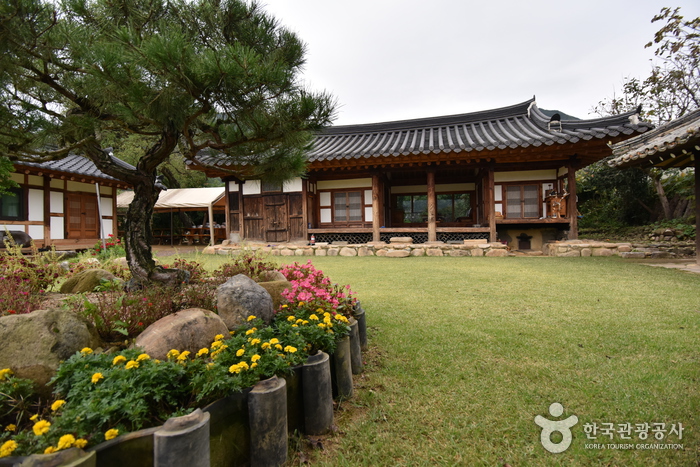
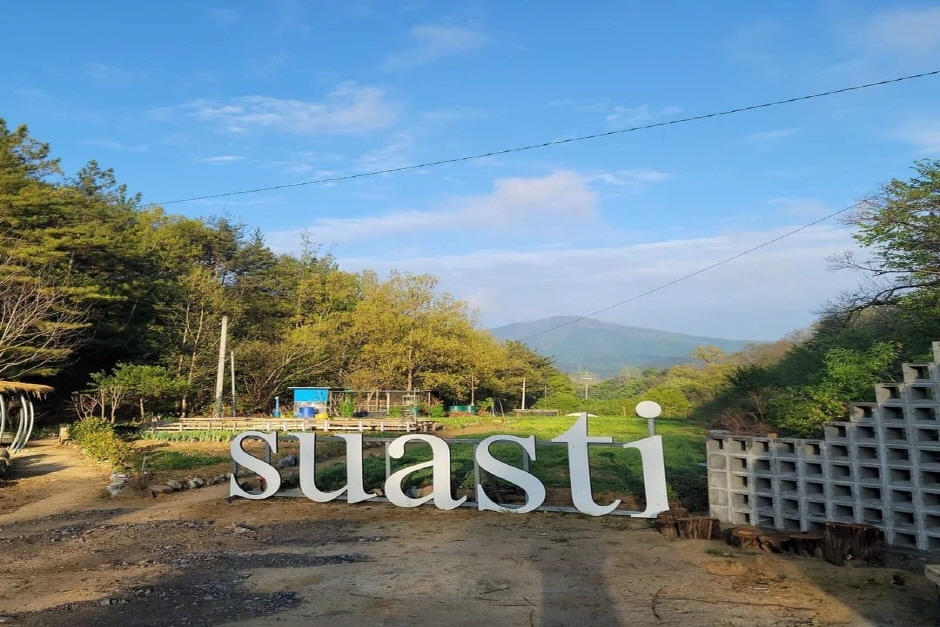
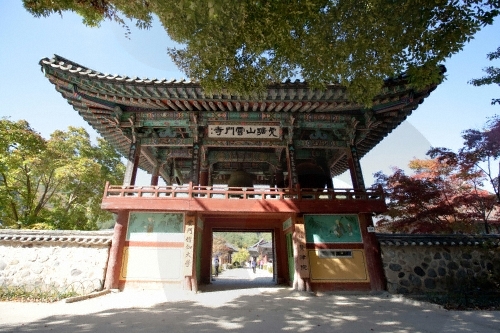
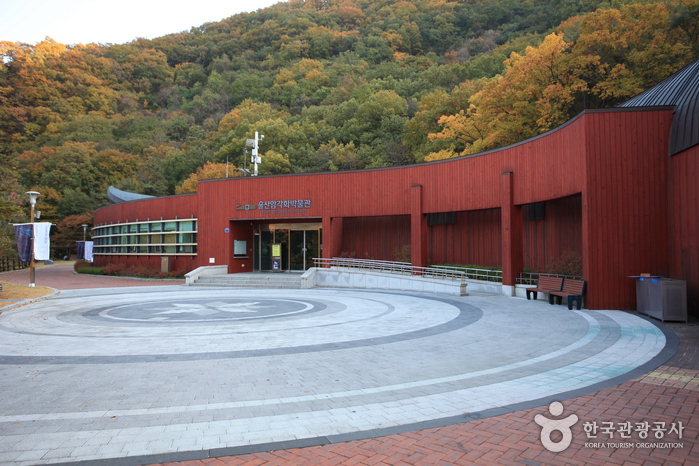
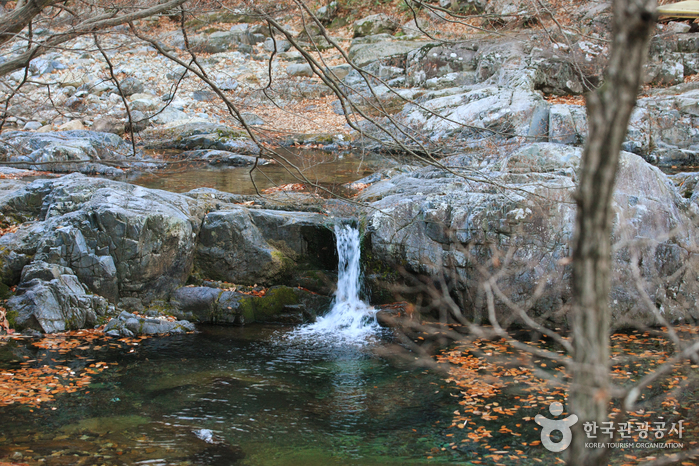
![Petroglyphs of Bangudae Terrace in Daegok-ri [UNESCO World Heritage] (울주 대곡리 반구대 암각화 [유네스코 세계유산])](http://tong.visitkorea.or.kr/cms/resource/29/2675629_image2_1.jpg)
 English
English
 한국어
한국어 日本語
日本語 中文(简体)
中文(简体) Deutsch
Deutsch Français
Français Español
Español Русский
Русский